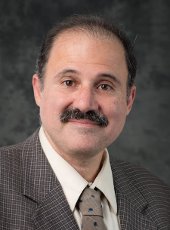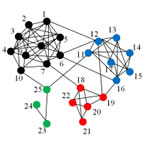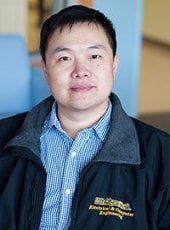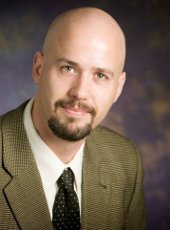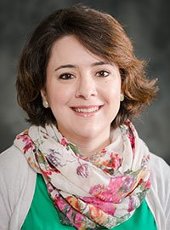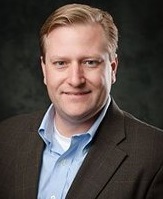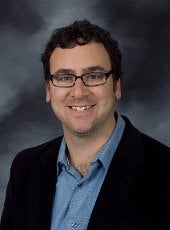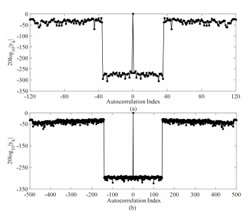 This paper introduces a novel method to improve the Time of Arrival (ToA) estimation resolution for a fixed available bandwidth in the presence of unknown multipath frequency selective (MPFS) channels. Significant desire on utilized bandwidth reduction in wireless technologies endorses exploiting this technique to increase ranging resolution and/or time synchronization while low bandwidth signal are exploited. Exploiting this method would have extensive impact on variety of technologies which enjoys ToA as ranging technique such as radar, wireless communications and etc.
This paper introduces a novel method to improve the Time of Arrival (ToA) estimation resolution for a fixed available bandwidth in the presence of unknown multipath frequency selective (MPFS) channels. Significant desire on utilized bandwidth reduction in wireless technologies endorses exploiting this technique to increase ranging resolution and/or time synchronization while low bandwidth signal are exploited. Exploiting this method would have extensive impact on variety of technologies which enjoys ToA as ranging technique such as radar, wireless communications and etc.
By Mohsen Jamalabdollahi, Student Member, IEEE, and Seyed (Reza) Zekavat, Senior Member, IEEE.
Published in: IEEE Transactions on Communications ( Volume: PP, Issue: 99 )
